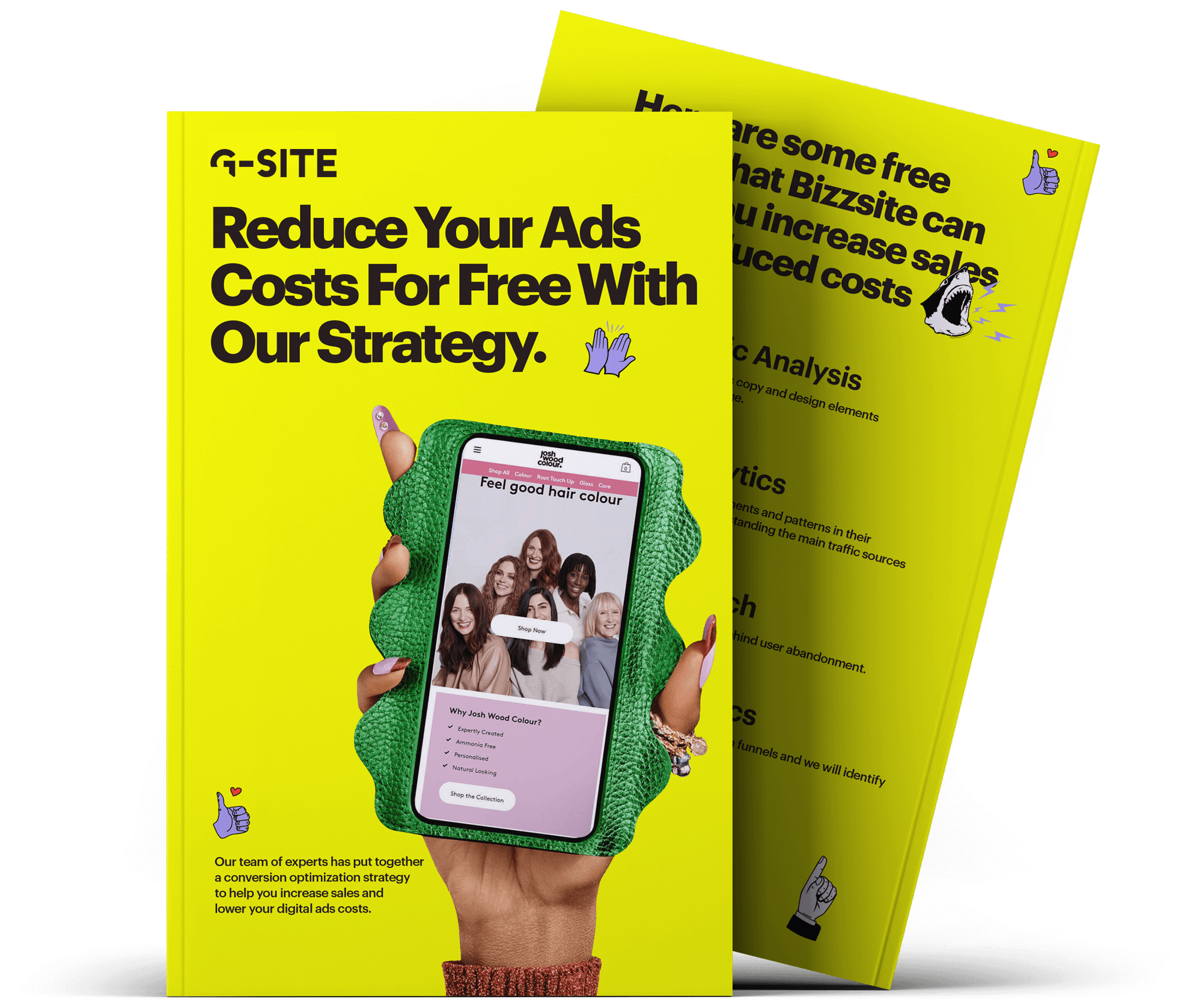Why Is SEO Different for Automotive Businesses?
Unlike fashion or retail, people searching for auto parts are usually very specific. Example:
- “1997 Jeep Wrangler LED headlights”
- “2015 VW Jetta key fob”
This is both a challenge and an opportunity:
- ❌ Lower search volume than general e-commerce.
- ✅ High-intent buyers who know exactly what they need.
What Are the SEO Challenges for Auto Parts Sites?
- Low browsing behavior → Most buyers aren’t “window shopping.”
- Duplicate content → Many sellers copy manufacturer descriptions.
- Large catalogs → Thousands of product pages make optimization tough.
- Site speed issues → Big catalogs = heavy websites.
What SEO Advantages Do Auto Sites Have?
- Low-competition, specific keywords (easy to rank for).
- High purchase intent → searchers are ready to buy.
- Large catalogs → many small keywords add up to big traffic.
How Can You Optimize Product Pages?
1. Prioritize Important Pages
- Focus on best-sellers and top-ranking queries in Search Console.
- Track pages in positions 6–20 and optimize them first.
2. Automate Meta Tags for Large Catalogs
- Use product names in title tags.
- Build bulk meta descriptions with templates (Excel + concatenate).
- Add unique CTAs like: “Orders over $35 ship free.”
3. Handle Duplicate Content
- Rewrite manufacturer descriptions.
- Use canonical tags for similar products.
- Add dropdowns/faceted search for variations (sizes, colors, fits).
4. Fix Site Speed
- Compress images.
- Use a CDN.
- Audit plugins to remove heavy ones.
What Content Strategy Works for Automotive SEO?
- Answer real customer questions (check forums, Reddit, Quora).
- Mix formats → blogs, guides, how-to videos.
- Target top-of-funnel searches like “how to replace Jeep headlights.”
- Leverage industry expertise → partner writers with in-house experts.
FAQs
Q: Why is automotive SEO harder than other industries?
Because buyers search with very specific keywords and don’t browse as much.
Q: How do I optimize thousands of product pages?
Prioritize key pages, automate metadata, and use canonical tags.
Q: What’s the biggest SEO risk for auto e-commerce?
Duplicate content from manufacturer descriptions and slow site speed.
Q: What content should automotive businesses create?
How-to guides, parts replacement tutorials, comparison posts, and FAQs.
Q: How long until I see results?
3–6 months for SEO traction, faster if you fix duplicate content and site speed early.
Final Takeaway
Automotive SEO in 2025 is about specificity and scale.
- Target long-tail keywords (exact make, model, year).
- Stop using generic product copy.
- Start automating metadata and building guides.
- Keep refining your best-selling product pages.
👉 With G-Site’s sales-first websites, auto businesses can dominate niche keywords, speed up catalogs, and convert high-intent buyers.
%20(1).avif)

.avif)
%20(1).avif)